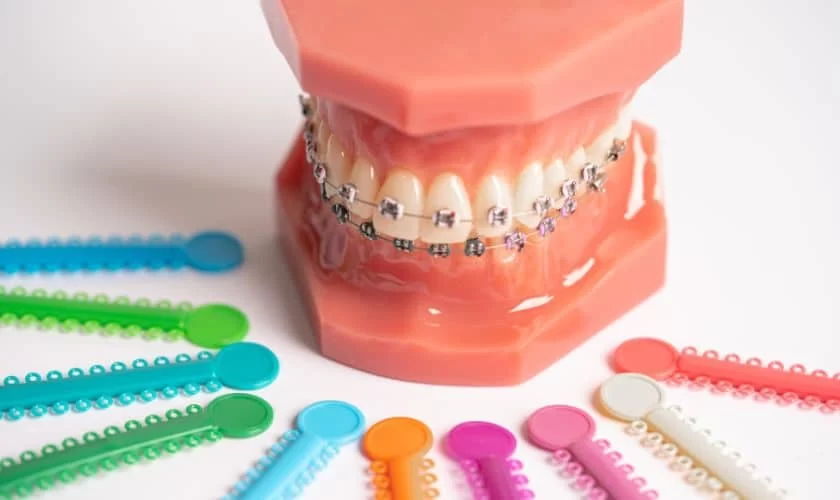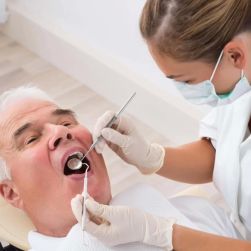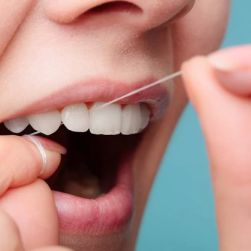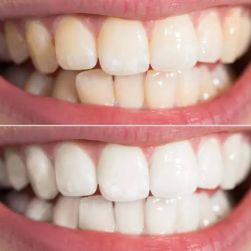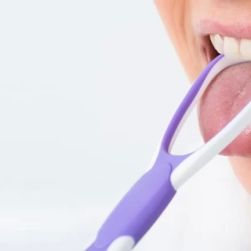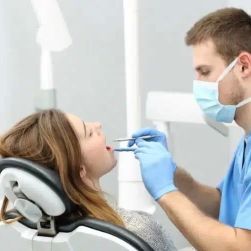When is the Right Time to Start Orthodontic Care for Your Child?
As a parent, I understand how important it is to ensure that my child’s smile stays healthy and beautiful as they grow. I remember feeling overwhelmed with questions when I first heard about orthodontic care for kids. When should I schedule that first appointment? How early is too early for braces? I wanted to know the best time to start orthodontic care to ensure my child’s teeth and jaws develop properly. Let me share what I’ve learned over the years, based on my own experiences and the expert advice I’ve gathered from dentists and orthodontists.
1. What is Orthodontic Care and Why is it Important?
Orthodontic care involves treatments that focus on diagnosing, preventing, and correcting misaligned teeth and jaws. The goal is to ensure that the teeth, bite, and jaw develop in a way that promotes long-term dental health and a straight, functional smile. It’s not just about aesthetics—an improper bite can cause difficulty in chewing, speaking, and even lead to jaw pain or other dental issues in the future.
The Importance of Early Intervention
One of the most valuable things I learned as a parent was the importance of early intervention in orthodontic care. While braces are often associated with teenagers, orthodontic care can start much earlier, and sometimes the earlier, the better. Early intervention can help detect issues before they become more complicated or harder to treat later on. For example, if a child’s jaw or bite is misaligned, starting treatment early can guide the growth and development of the teeth, potentially preventing the need for more intensive treatments down the line.
2. When Should You Start Orthodontic Care for Your Child?
The question that most parents, including myself, have is: when is the right time to start orthodontic care? I was surprised to learn that the American Association of Orthodontists (AAO) recommends that children have their first orthodontic evaluation by the age of 7. While this may seem young, the reason for this timing is that many issues, such as problems with the bite, jaw growth, or even overcrowded teeth, can begin to become visible around this age.
Signs that Your Child Might Need Orthodontic Care
There are certain signs that could indicate the need for orthodontic care, and identifying these early on can save your child from more serious dental issues later. I found these signs helpful when considering whether it was time for my child to see an orthodontist:
- Difficulty chewing or biting food properly.
- Thumb sucking or extended use of a pacifier beyond the age of 3.
- Teeth that are crooked, crowded, or don’t come together properly when biting down.
- Frequent mouth breathing, even when the nose is not congested.
- Protruding teeth, which are more susceptible to injury.
If you notice any of these signs in your child, it may be worth scheduling an orthodontic evaluation. Early assessments can help address potential issues before they affect your child’s speech, bite, or jaw development.
3. What Happens During Your Child’s First Orthodontic Visit?
The first orthodontic visit for my child was a bit nerve-wracking, not just for them, but for me as well! However, it turned out to be a lot less intimidating than I imagined. During the visit, the orthodontist will typically conduct a thorough examination of your child’s teeth, bite, and jaw. They may take X-rays or photographs to get a better idea of how the teeth and jaw are developing.
What the Orthodontist Looks For
The orthodontist will check for a variety of things, including:
- The alignment of your child’s teeth and how their bite comes together.
- Any issues with jaw growth or development.
- Signs of tooth eruption or problems with losing baby teeth.
- Whether there are habits such as thumb sucking or tongue thrusting that may be affecting dental development.
In many cases, the orthodontist might not recommend any immediate treatment at this first visit. Instead, they may advise monitoring your child’s growth and development until the right time for braces or other orthodontic interventions. In some situations, the orthodontist might recommend early intervention to help guide the development of the jaws and teeth.
4. Types of Orthodontic Treatments for Kids
There are several types of orthodontic treatments that may be recommended depending on your child’s specific needs. I was surprised to learn that not every child who needs orthodontics will require traditional braces immediately. Here are some common treatments:
Early Treatment (Phase 1)
Sometimes referred to as “interceptive treatment,” early orthodontic treatment is designed to address issues with jaw alignment or to correct severe bite issues while your child’s teeth and jaws are still growing. This type of treatment is typically done between the ages of 6 and 10, before all permanent teeth have erupted. I learned that Phase 1 treatment can help guide the growth of the jaw, reduce the need for future extractions, and improve the overall bite.
Traditional Braces
For older children (typically around the ages of 11 to 14), traditional braces are often the most common option. These braces gradually shift the teeth into better alignment over time. My child’s braces treatment lasted about two years, and while it took some getting used to, the results were well worth it.
Clear Aligners
Clear aligners, like Invisalign, have become a popular choice for older kids and teens. These clear trays are custom-made to fit over the teeth and gradually move them into place. I found that many teens prefer clear aligners because they are less noticeable than traditional braces and can be removed for eating and cleaning.
5. Benefits of Starting Orthodontic Care Early
One of the biggest advantages of starting orthodontic care early is that it allows for better outcomes in the long run. I’ve seen firsthand how early intervention can help correct bite issues and prevent future dental problems. Here are some key benefits:
- Prevents more serious dental problems in the future, such as jaw misalignment and tooth crowding.
- Improves the function of the teeth and jaws, making eating and speaking easier.
- Reduces the need for extractions or other more invasive procedures down the road.
- Improves your child’s confidence by giving them a straighter, healthier smile.
Orthodontic care is an investment in your child’s health, and starting early can save you time, money, and frustration in the future.

